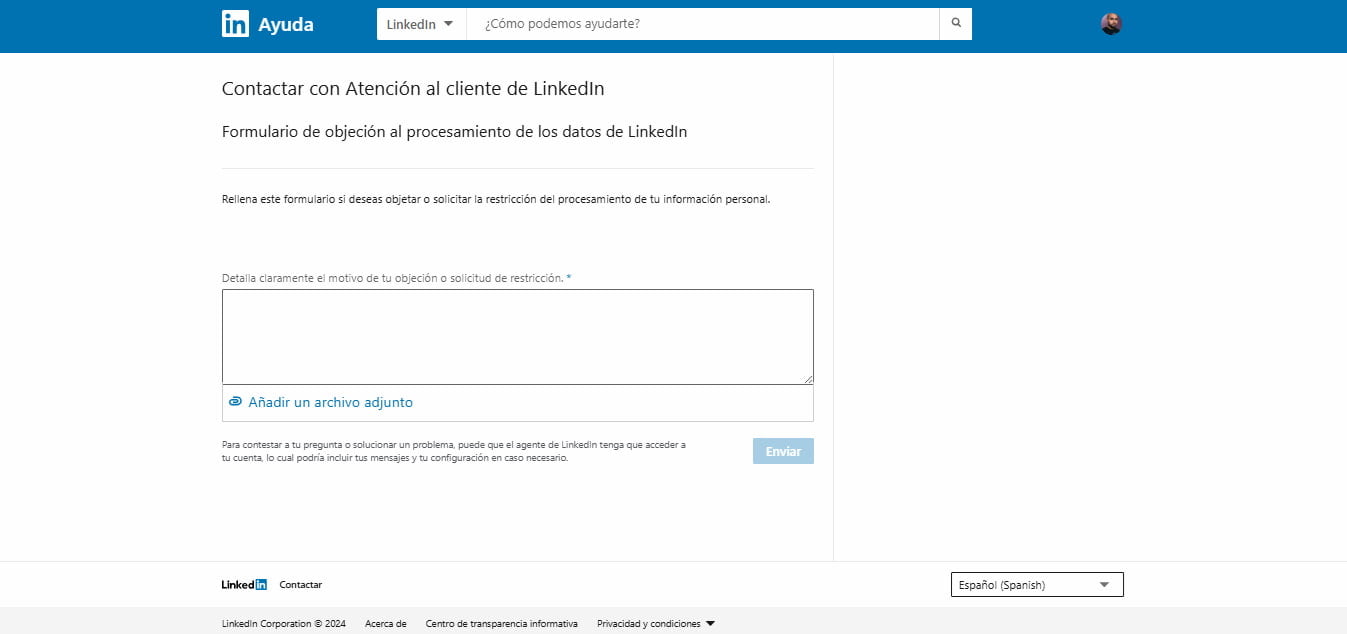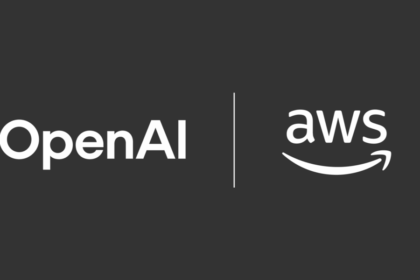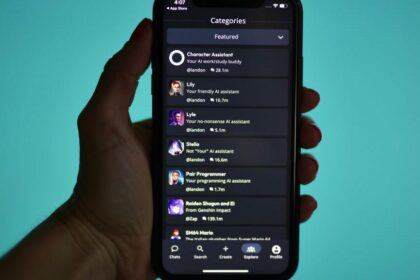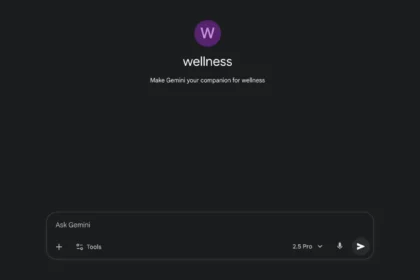LinkedIn is one of the top online platforms for job searching and exploring new career opportunities. Having a profile on LinkedIn is essential, and it’s important to update your skills and job status to stay relevant regularly.
The platform has grown incredibly comprehensive, offering many features, including integration with tools like Copilot, and plans to introduce more AI-driven capabilities. While these advancements are exciting, there’s a concerning side to them.
To develop these AI tools, LinkedIn has updated its privacy policies, allowing the use of user data—often without the user’s explicit knowledge or consent. This raises important questions about whether such data usage can be controlled or stopped.
How can you stop LinkedIn from using your data to train its AI?

After LinkedIn announced changes to its policies, granting itself the right to use user data without explicit consent, many have wondered if there’s a way to opt out. Fortunately, there is.
If you don’t want your data to be used for AI training, you can update your settings. Go to Data Privacy under your account settings, then look for the option labeled Data for generative AI improvement and toggle it off. This setting is enabled by default, so it’s important to deactivate it manually.
It’s also worth noting that users in the European Economic Area (EEA) and Switzerland are protected by stricter privacy laws, which prevent LinkedIn from using their data for AI training without consent. LinkedIn has confirmed that these users won’t even see the option to opt out, as their accounts are already excluded from this policy.
In addition to adjusting your settings, you can also oppose this policy change by filling out the data processing objection form provided by The Verge.
What purpose does LinkedIn use for the data it collects about its users?

More and more tools, services, and platforms are integrating AI-powered features, and it’s no surprise that LinkedIn is following suit. However, the way LinkedIn is approaching this shift raises some serious concerns.
Blake Lawit, LinkedIn’s general counsel, recently announced upcoming changes to the platform’s privacy policies. These changes will allow LinkedIn to collect user data without explicit consent. The platform plans to use this data to develop and train AI models, personalize services, and gather valuable insights through AI, among other uses. In short, LinkedIn intends to leverage the vast amount of user data available to power its AI and generative features.
Moreover, whenever users engage with LinkedIn’s AI tools or other features, the platform reserves the right to use that information until the user actively deletes their content. Additionally, these AI models might even be trained by third-party providers, not just LinkedIn itself.
For those interested in a deeper dive into how LinkedIn plans to use your data, you can check out the detailed analysis from our colleagues at Ars Technica. They offer a thorough breakdown of LinkedIn’s data use for AI training.











